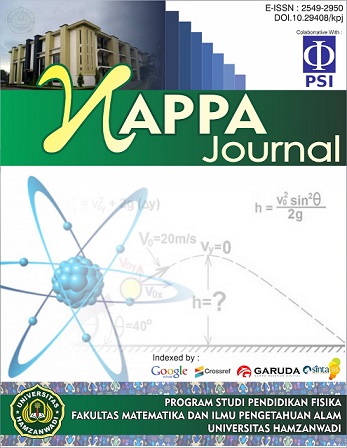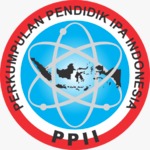Efek Variasi Arus Waktu Terhadap Dosis Efektif Radiasi Lensa Mata Pada Penggunaan Bismuth Shielding Pada CT-Scan Kepala
DOI:
https://doi.org/10.29408/kpj.v7i1.15995Keywords:
Time flow, Effective dose, CT-Scan, Bismuth Shielding, EyepieceAbstract
A study has been carried out to determine the effect of time current variation on the effective dose of eye lens radiation on head CT scans. The aim of this study was to determine the effect of changing the flow of time on the effective dose of eye lens radiation and to determine the reduction in the effective dose of eye lens radiation when using bismuth shielding. The tools used are CT-scan, head mannequin, thermoliminescence dosimeter (TLD) calcium sulfate CaSO4;Dy, and bismuth shielding. The method used in this study uses the calculation of the effective dose of the 100 kV calibration curve from NuclindoLab and the equivalent dose. The measurement results show an average of each current of 31.540 mSv 100 mAs 43.947 mSv 150 mSv 59.808 msv 200 mAs 64.747 mSv 250 mAs, 137.083 mSv 300 mAs without bismuth and using bismuth 26.883 mSv 100 mAs 100 mAs, 27.847 mSv 27.84 mSv 200 mAs, 50.430 mSv 250 mAs, 81.334 mSv 300 mAs. Based on the results obtained, it is known that the effective dose obtained in the eye lens without bismuth is 67.42 ± 39.41 mSv and using bismuth is 48.85 ± 22.43 mSv with a dose reduction of 27%. As for efforts to reduce the dose received, it must be done by paying attention to the parameter settings on the CT-Scan examination such as voltage, current, slice thinkness, pitch and the use of protective equipment such as bismuth shielding.References
Badunggawa, P., Sandi, I.N., Merta, I.W., 2009, Bahaya Radiasi dan Cara Proteksinya. Medicina, 40: 47-51.
Bapeten. 2021, Pedoman Teknis Penyusunan Tingkat Panduan Diagnostik Atau Diagnostic Reference Level (DRL) Nasional.
Brenner, D.J., 2005, It Is Time to Retire The Computed Tomography Dose Index (CTDI) For CT Quality Assurance and Dose Optimization., 32:3225-3226.
Hiba O., Suhaib A.B., Walid E., Mahmoud B., Abdelmoneim S.C., Omaima N.D., Fouad Abolaban., 2020, Eye lens and thyroid gland radiation exposure for patients undergoingbrain computed tomography examinatio, (http://creativecommons.org/licenses/by-nc-nd/4.0/)
Huda, W., Mettler, F.A. 2011, Volume CT Dose Index and Dose-Length Product DisPlayed During CT : What Good Are They Radilogy, 258:236-242.
ICRP. 2007, The 2007 Recommendations of the International Commission on Radiological protection. ICRP Publication 10, Ann ICRP 37:2-4.
Kenneth, D.H., Joel D.N., Steven H.K., and Allen R.K., 2011, Radioprotection to the Eye During CT-Scanning, USA society of Neuroradiology
Kyun, H., Wonho L., Dong M.C., Choon S.L., Youhyun K., 2009, Dose Reduction in CT Using Bismuth Shielding: Measurements and Monte Carlo Simulations, University of Florida, USA.
Ridwan, A. 2009, Metode & Teknik Menyusun Proposal Penelitian. Jakarta: Alfabeta









